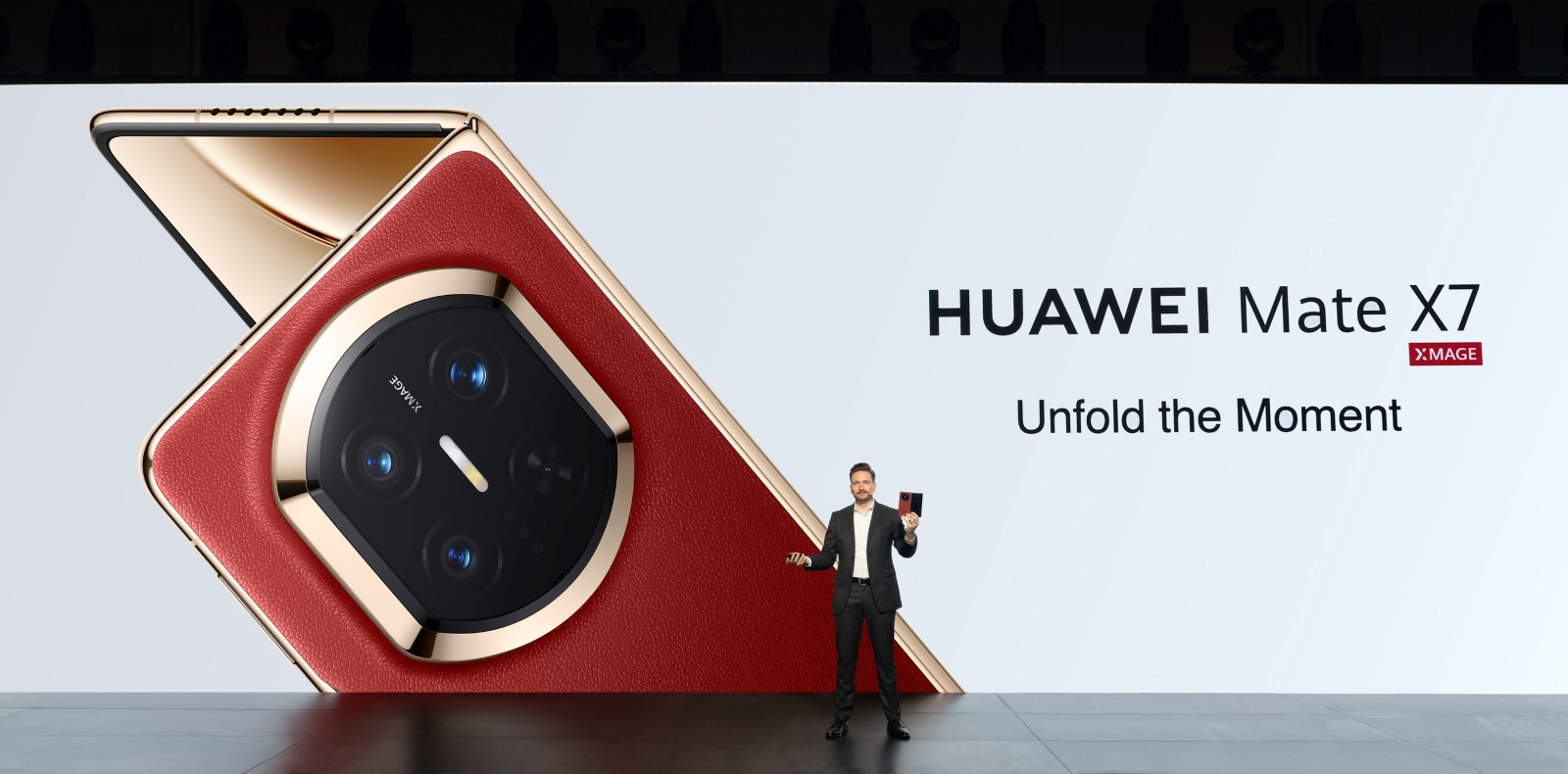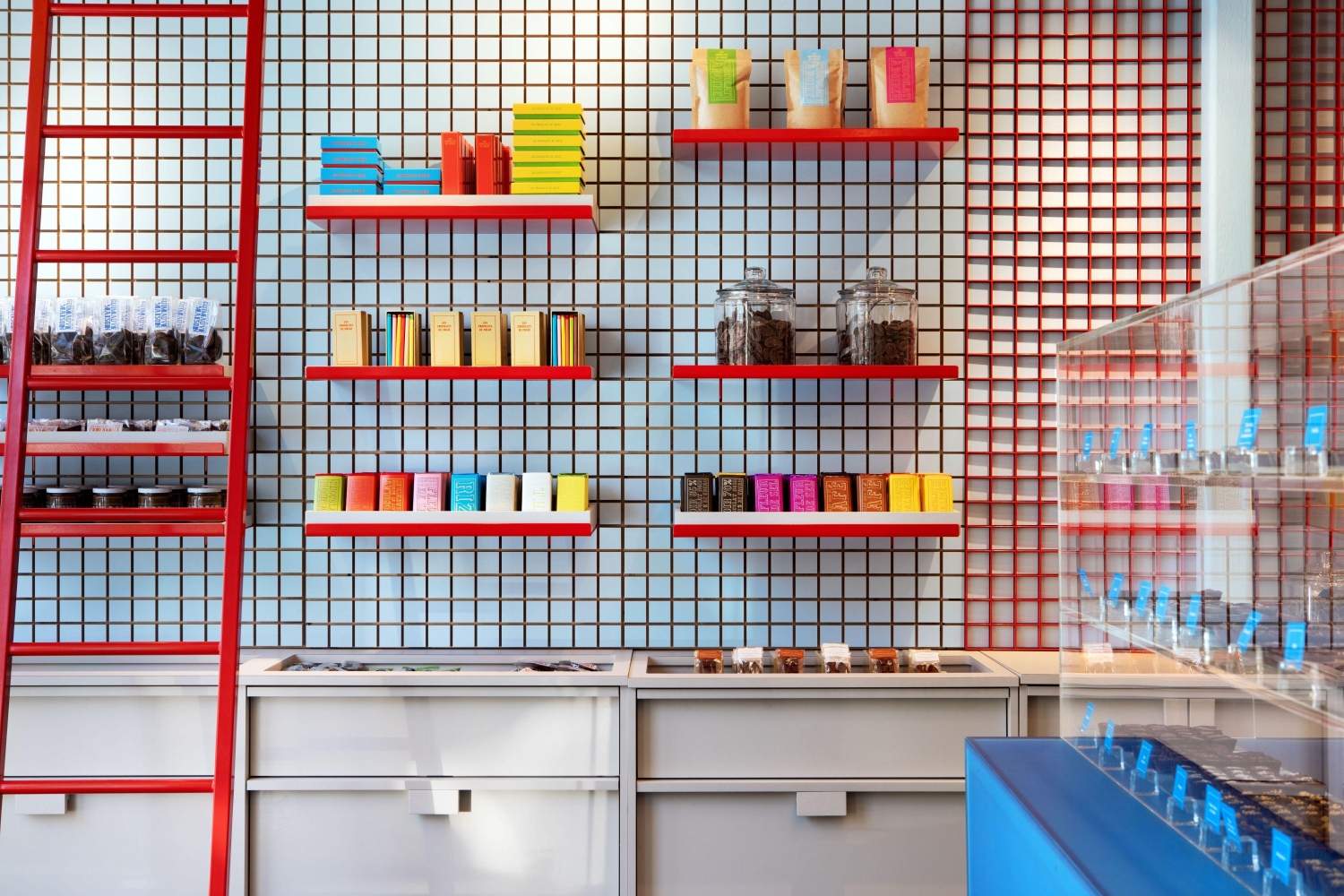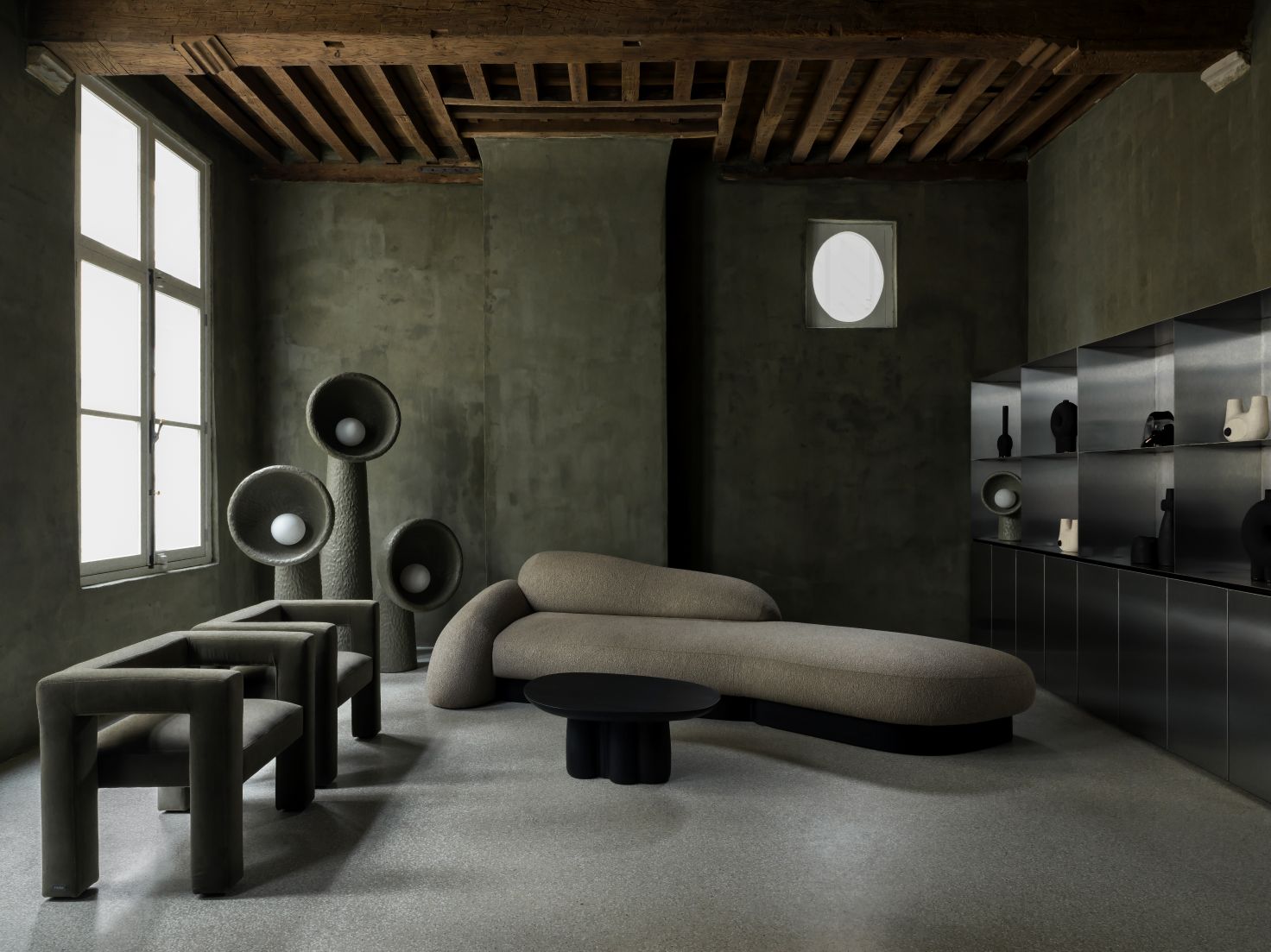As one of the most influential voices in contemporary Ukrainian design, Victoria Yakusha has never been afraid to combine cultural memory, craft, and raw materiality into a design language she calls Naïve – Vital – Wild. Over the past decade, her studio FAINA has become synonymous with a bold reimagining of Ukrainian identity through objects, architecture, and spaces that feel both ancient and profoundly modern.
Now, ten years after launching FAINA, Yakusha is marking the milestone not by looking back, but by opening new doors for others. The newly launched FAINA Life Design nomination, part of the Ukrainian ART SPACE award, is her way of supporting designers who share the same compass of freedom, resilience, and authenticity.
In this conversation, she reflects on her journey from architecture to objects, on what it means to preserve cultural memory in times of upheaval, and on why the next generation of Ukrainian designers holds the key to shaping a more sensitive, sustainable, and deeply human design future.
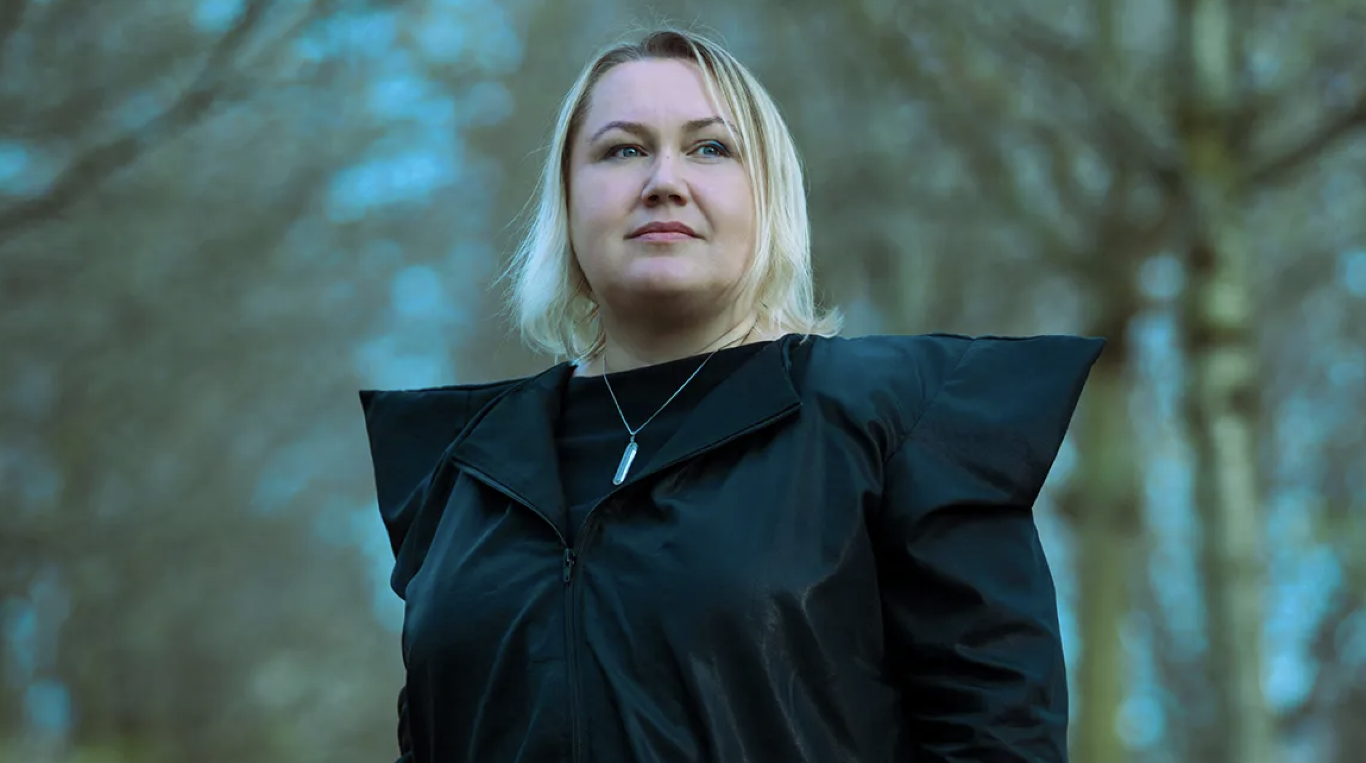
In a talk with Victoria
1. You founded FAINA ten years ago, and now you’re celebrating that milestone with a new award. How does it feel to mark this anniversary in such a meaningful way?
The FAINA Life Design nomination is not a literal celebration of FAINA’s tenth anniversary; it’s simply that the time has come for the brand to push its boundaries further.
When the story of FAINA began back in 2014, the concept of “Ukrainian design” didn’t exist — not only on the design map of Europe (or the world), but even in the minds of Ukrainian designers themselves. Figuratively speaking, that was the year when the need for identity started to emerge, and I was among the first to hear that call.
It was a challenging journey of self-awareness and of learning how to express myself as a Ukrainian designer, not to mention building a brand with such an identity, at a time when there was no demand for it. In all my interviews, I say that it was she — FAINA — who was guiding and shaping me, not the other way around.
Now she leads me beyond herself — toward gratitude, toward supporting other designers who move by the same compass: Naïve – Vital – Wild. Because for me, that is what defines pure freedom.
2. Your path has moved from architecture to objects, and now into shaping opportunities for others. What connects these chapters of your story?
I’ve already started talking about this to some extent. The Revolution of Dignity in 2014 acted as a detonator for the awakening of my inner voice. Design is a universal communicator; I wanted to speak Ukrainian to the world without a “translator.” It’s easier to do that through objects than through architecture. I still work as an architect. Moreover, I think like an architect. Perhaps that’s why my design perspective also has such a far-reaching horizon.
3. Ukrainian traditions, craft, and cultural memory run through your work. How do you hope young designers will interpret and reimagine this heritage through their projects?
Not to copy, but to interpret — drawing on archives and material heritage. Yes, it’s truly a task that demands a careful, fundamental approach. It’s difficult, given Ukraine’s historical context. There’s a strong desire to forget and never revisit many events from our past, yet we must preserve this continuity of generations.
I hope we’ll find a way to “heal memory,” but it’s not easy to bring back artefacts. Most of them were either destroyed, stolen, or simply worn away by history. You have to try very hard to find preserved examples, say, wardrobes or garments of Ukrainian nobility. Yes, they did exist – active in culture, wealthy, multilingual. Imperial times scorched to the ground everything that could once testify to the high level of culture and European belonging of Ukrainians, at a time when there wasn’t a single school on Moscow’s territories.
That’s why much of what we can draw from now belongs to intangible heritage: songs, customs, the inherited energy of life, a sense of humour, and so on. This is a living fabric that, surprisingly, couldn’t be eradicated, even in regions very close to Russia. I was born in Dnipro, in the land that belongs to the vast natural zone of the Ukrainian steppe. Perhaps it’s the wind, century after century, that preserves and carries this expression of freedom — this spirit, this life despite everything. I can’t quite explain it, but it’s precisely about this inner freedom that FAINA and the idea of FAINA Life Design are rooted in.
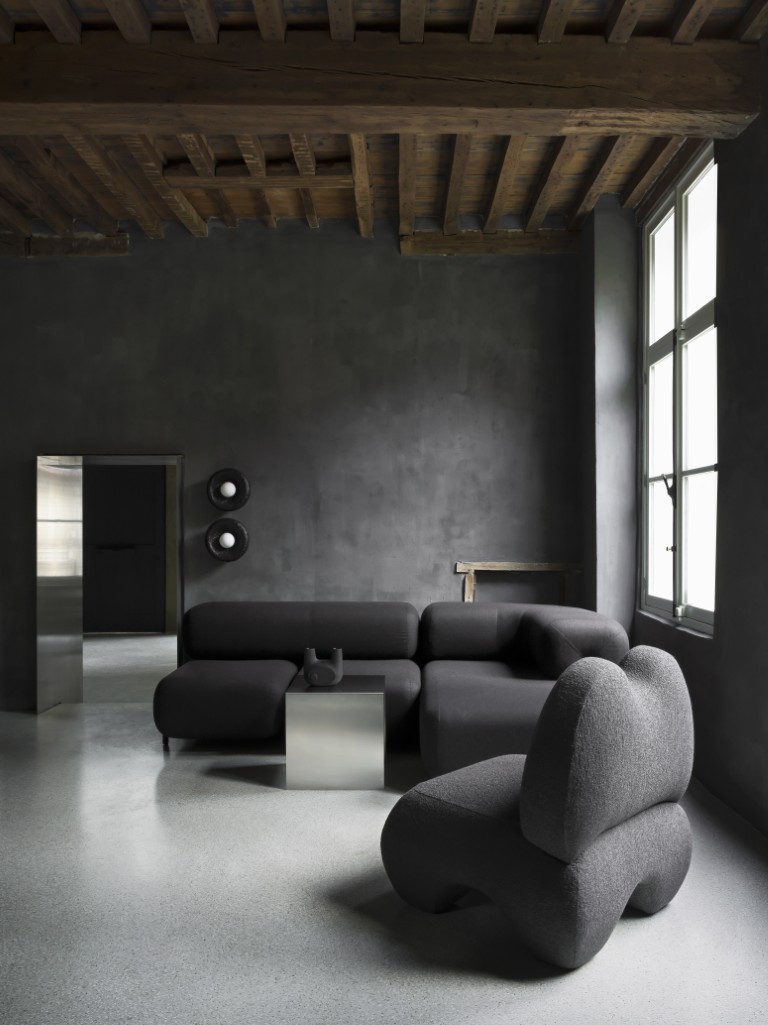
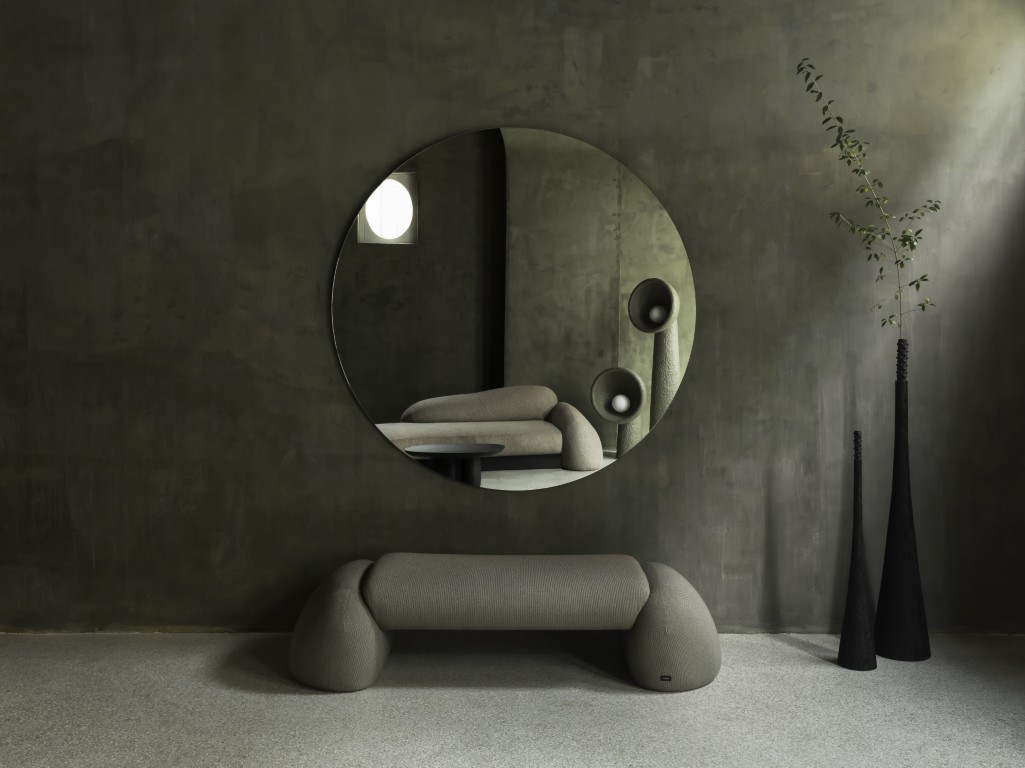
4. This year, the award is open only to Ukrainian product designers. Why was it essential to start here, and what future do you see for it internationally?
Yes, this year we launched a nomination within the Ukrainian ART SPACE award for Ukrainian designers. But our team is also looking for partner competitions to carry this living open call far beyond Ukraine’s borders. After all, this isn’t a uniquely Ukrainian quality, but history has shaped it so that war reveals, in a very raw way, the actual value of freedom.
It’s about a pure vision and a pure intention. Sometimes “wild,” like a force of nature itself, and wise, like an endless impulse made material.
5. Looking back at your own beginnings, what advice would you give a young designer who is just starting to find their voice?
Simply – to start listening and learning to distinguish. Because just hearing voices doesn’t help, you need to know who’s speaking (smile). Creating design is a journey: to be patient and kind to yourself. To love people. I don’t know, maybe these are basic things, but our fast-paced lives sometimes steal that foundation from us.
6. Nature and raw materials are often at the center of your practice. What can they teach the next generation of designers about honesty and responsibility in creation?
Of course, I’m not the first, and certainly not the last, to ask myself how I can leave a mark without leaving behind a lot of waste. That’s why I literally had to step outside and start collecting trash to knead my own kind of “dough.” Like in childhood, at grandmother’s house in the village, shaping clay in a pit in the yard. Similar materials were once used to finish the walls of village houses, the same simple methods children use when they play at making pretend food.
“Ztista” is a material that has become central to many FAINA collections for its living nature, its connection to everyday life, and its ability to take shape. I didn’t intend for it to be directly instructive, but it certainly can inspire, bringing more attention to domestic culture, and again, to folk culture. In doing so, it helps preserve continuity and a sense of responsibility toward the generations to come.
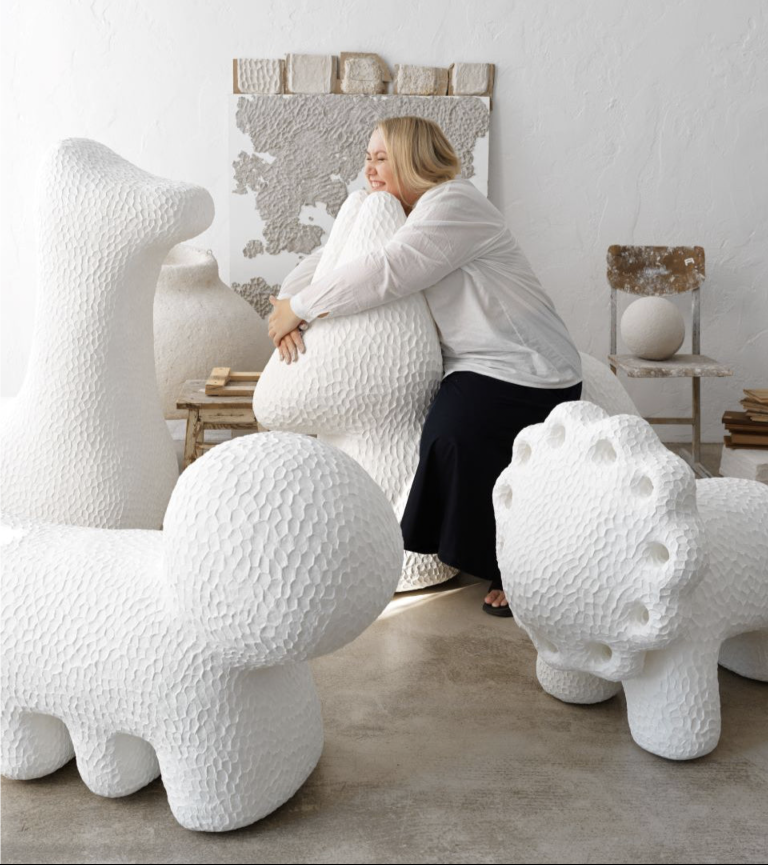
7. Being named one of Dezeen’s Top 50 Most Influential Women in Architecture and Design in 2024 is a powerful recognition. How did it feel to be included on that list, and how has it shaped the way you see your role in design today?
It is a good question – one I’ve asked myself more than once. Has recognition made me a different person? No. But it has given me an awareness of the influence I might have on others.
8. Ukrainian designers are working under such complex conditions. What new kinds of creativity or resilience have you witnessed that inspire you?
Our energy has always inspired me. War is a great tragedy, a moment in time when there can be no room for doubt. I’m inspired by courage and a rebellious spirit, all of it rooted in the free steppe, the wind, and that deep sense of belonging to the land, which is more than just territory. I’m inspired by the light that comes from within. So many things, really. It’s a whole complex of profound expressions and choices, moments when ordinary people act like People, with a capital “P.”
9. Beyond the prize, what lasting impact do you hope this award will have on a young designer’s path, perhaps in giving them courage, visibility, or a sense of belonging?
Exactly. I believe that such an open call for an international audience could truly encourage people to look deeper, to learn to feel, to awaken sensitivity, and, regardless of language or cultural background, to distinguish authenticity from imitation. The world has already fragmented into countless dimensions; somehow, we need to train ourselves to find the original one amid all the layered copies.
10. Looking ahead, what kind of legacy do you dream the Faina Live Design nomination will build, not just in Ukraine, but globally?
I’ve partly answered this in the previous question. Perhaps Ukraine’s gift to the world right now is the ability to step out of illusion. Sensitivity to what’s real helps us not to trade our one life for empty things. The FAINA Life Design nomination also carries this purpose — to inspire movement toward what is alive – Naïve – Vital – Wild.


